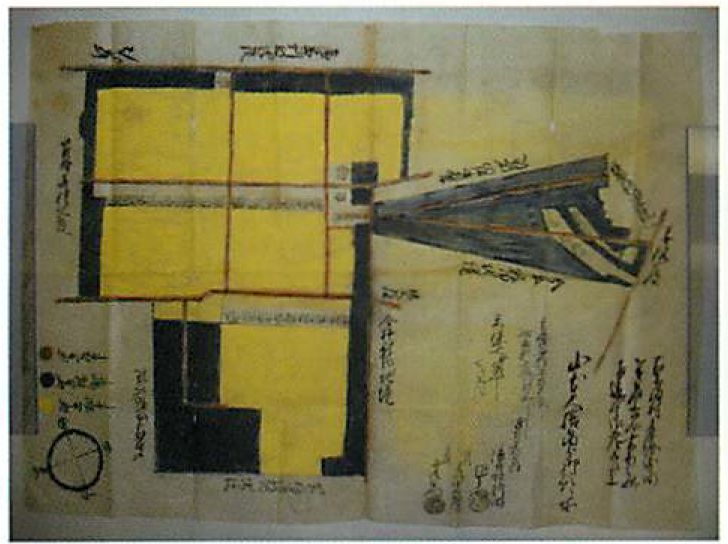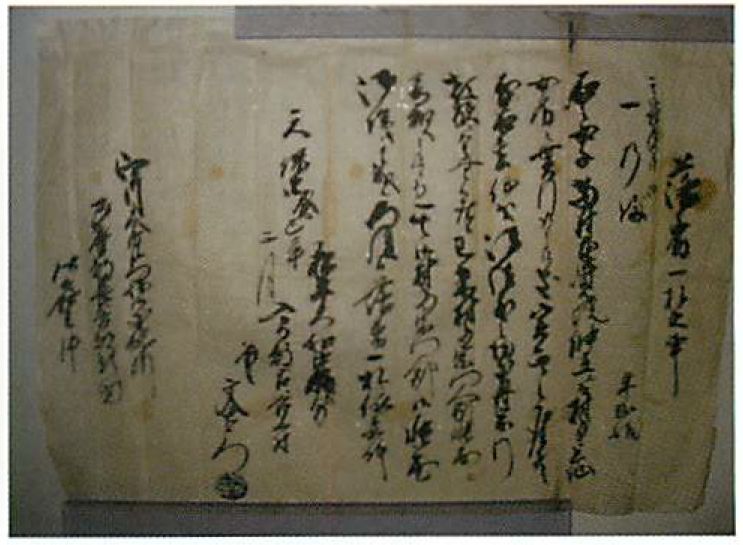| 清水家は長谷部新田の草分け百姓として、享保以来明治に至るまで、村の要職についてきた家柄であるが、同家の特に隆盛であったのは、化政期から明治に至る約百年間である。古文書もその頃のものが多い。同家が名主から戸長に変る頃、即ち幕末から維新の頃の様子が伺える資料といえよう。整理済みのもの、状107点、冊26点である。重要なものは開発初期の検地帳上下(宝暦9年[1759年])、下って文化9年(1812年)の宗門人別帳、天保7年(1836年)の夫食拝借人数書上帳などである。その他、黒船来航の頃の村方の動き、千人同心入隊者のこと。喧嘩詫証文、女房貰受、愛宕神社祭祀経緯、東善院出入など興味ある資料も多い。また、明治2年には、長谷部新田は韮山県支配所、下師岡新田は品川県支配所であったことも同家の人別送り状でわかり、歴史の変遷と、資料の重要性との関係を再認識させられる。 | The Shimizu family were pioneer farmers in the Hasebe new rice fields. They held key positions in the village from the Kyoho era to the Meiji era, but flourished in particular in the roughly 100-year period from the Kasei era to the Meiji era.Many of the documents are from that period.The documents show what it was like for the family to change from village headmen (nanushi) to town administrators (kocho), in other words, the change from the end of the Edo period to the Meiji restoration.107 documents and 26 books have been organized.Important documents include land inspection documents from the start of the development (1759), religious census documents from 1812, and food lending registries from 1836.There are also documents showing recruits of thousands of men at the time of the Perry Expedition.There are also many interesting documents such as dispute resolution documents, documents showing the receipt of a wife into a family, a history of rituals performed at the Atago shrine, and revenue and expenditure documents for Tozenin Temple.The documents also show, through the family's dispatching of people, that in 1869, the Hasebe new rice fields became part of Nirayama Prefecture and the Shimomorooka new rice fields became part of Shinagawa Prefecture. They help reaffirm the evolution of history and its connection to the importance of documents. |

![開発初期の検地帳[上・下巻]](./images/bunkazai10-2.jpg)

